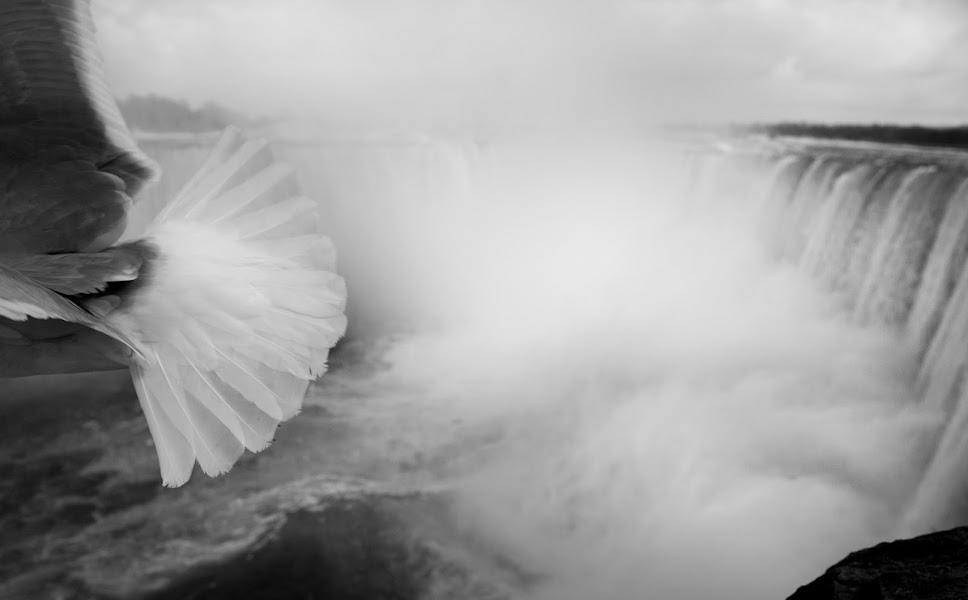I wrote this to address some discussion about contests for multi-media works, as well as the standard of multi-media work currently being done.
First of all I agree that we should have a POY for the MM works being generated, but as far as the points system for the Quarterly MM Contest, I have no issue.
I don't think that ANY clip contest necessarily addresses rewarding a photographer for a single BEST work, but rather is recognition of a collection of work throughout the year, and a demonstration of a consistently high level of performance.
The annual POYs are there to give recognition for SINGLE great photographs, or, multi-media pieces in the near future.
This will, I am sure, be the case with the Quarterly MM Contest. The winner will hopefully have produced a number of quality works during the year, and will have shown a level of consistency. Like in the monthly clips, the judges should be encouraged to award points ONLY when the entries warrant them. If the shows aren't good. Don't give points.
The best works from the year should then stand out during the MM POY.
Our contests are great for getting some recognition, building your reputation, etc. but nobody should be hanging their hats on any one competition. The right way to approach contests, if you enter at all, is to look forward to those judges comments, to get some sense of how you are doing in relation to your peers. Use them to have a fun in-house competitions if you like, if that's what it takes to motivate you.
But in the end, if and when you win, take the pat on the back, the handshake, the cheque of your lucky enough to get one, ....smile, and go make more excellent images.
One final thing about multi-media on the web. Generally I've found that Canadian photographers a pretty high standard of work. Historically, and this doesn't include our dear "wire" friends, our images have only been seen in the pages of our own papers. But now, with everybody jumping onto the web, there is not only a fantastic opportunity to show your work to a global audience, but there is the very frightening prospect of showing some of your worst work to the rest of the world.
I'm as guilty as the next person as far as needing to improve on the quality of the slideshows I'm putting out for consumption, but we all have to be conscious of what we are doing by allowing the standard of our work to decrease as we work out the kinks of multi-media.
Remember the old saying. You're only as good as your last photo. So keep 'em strong, and better yet, convince your managers and editors that quality will still be better than quantity in the long run.


